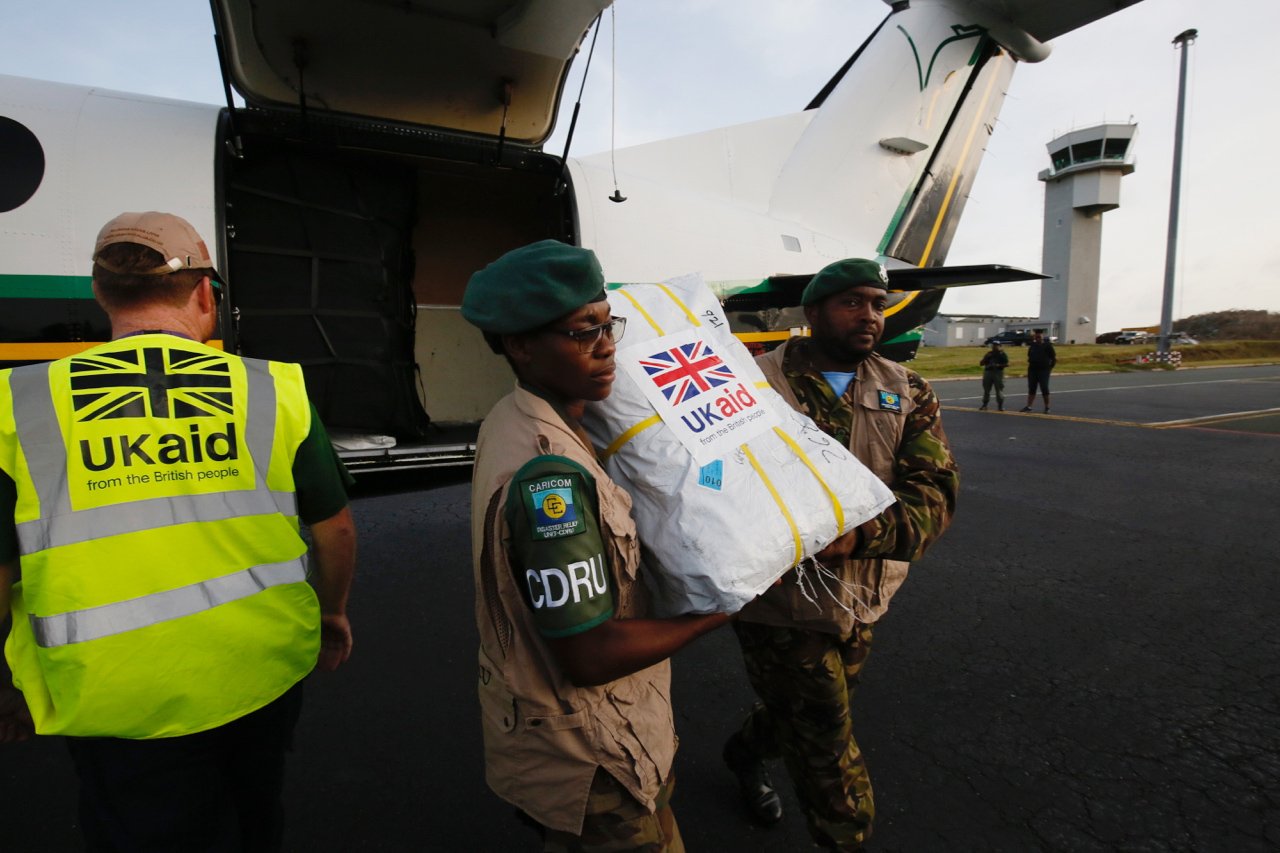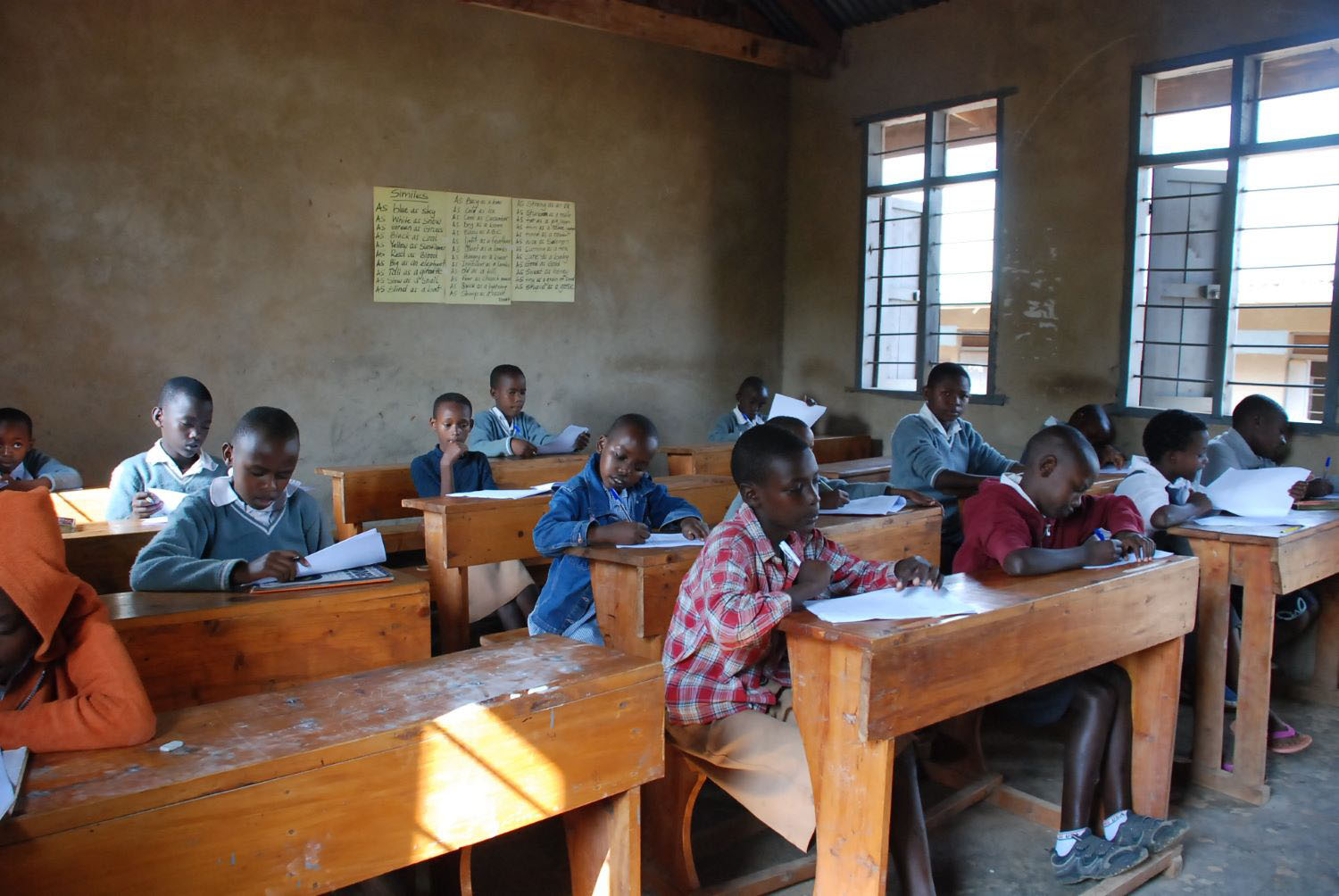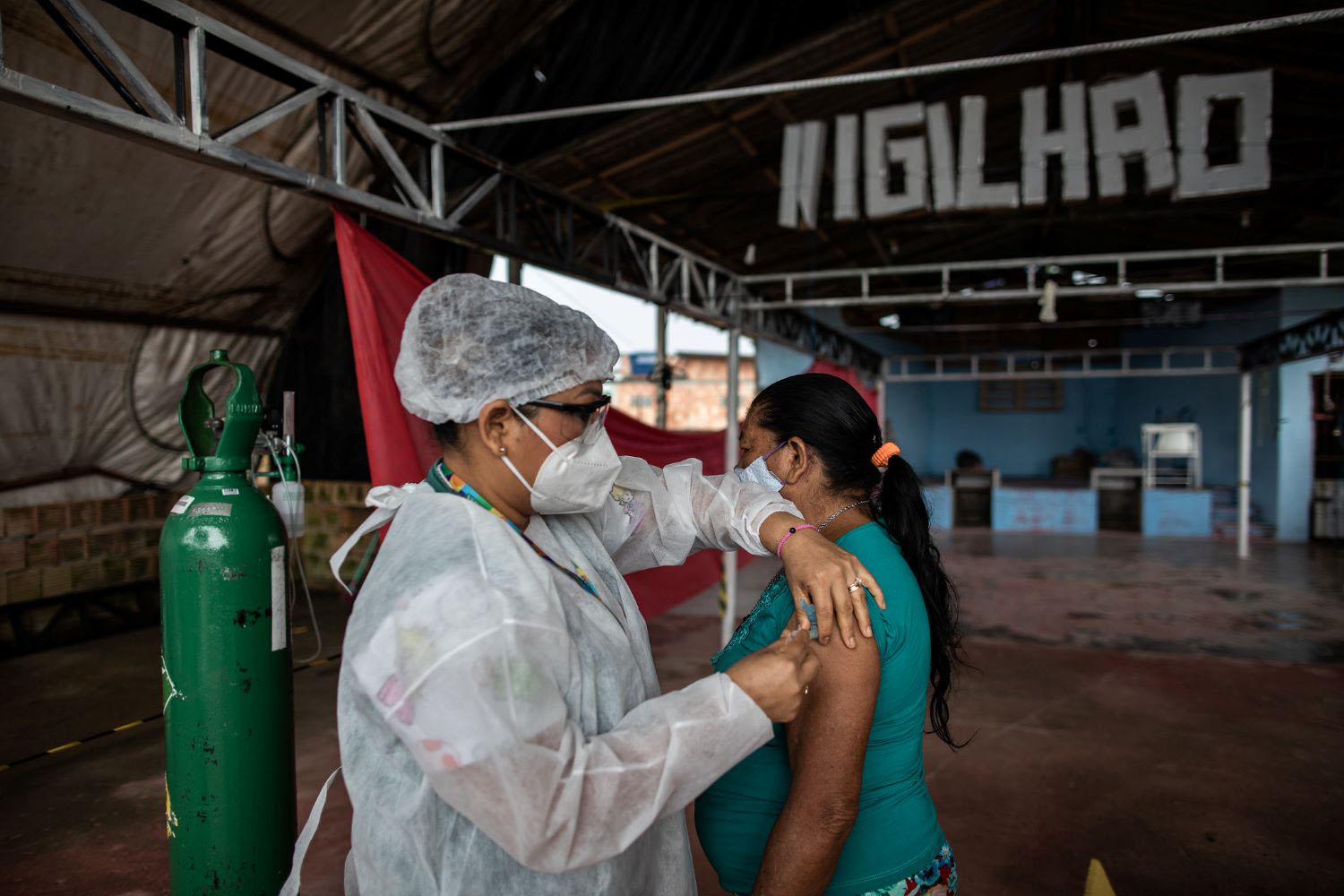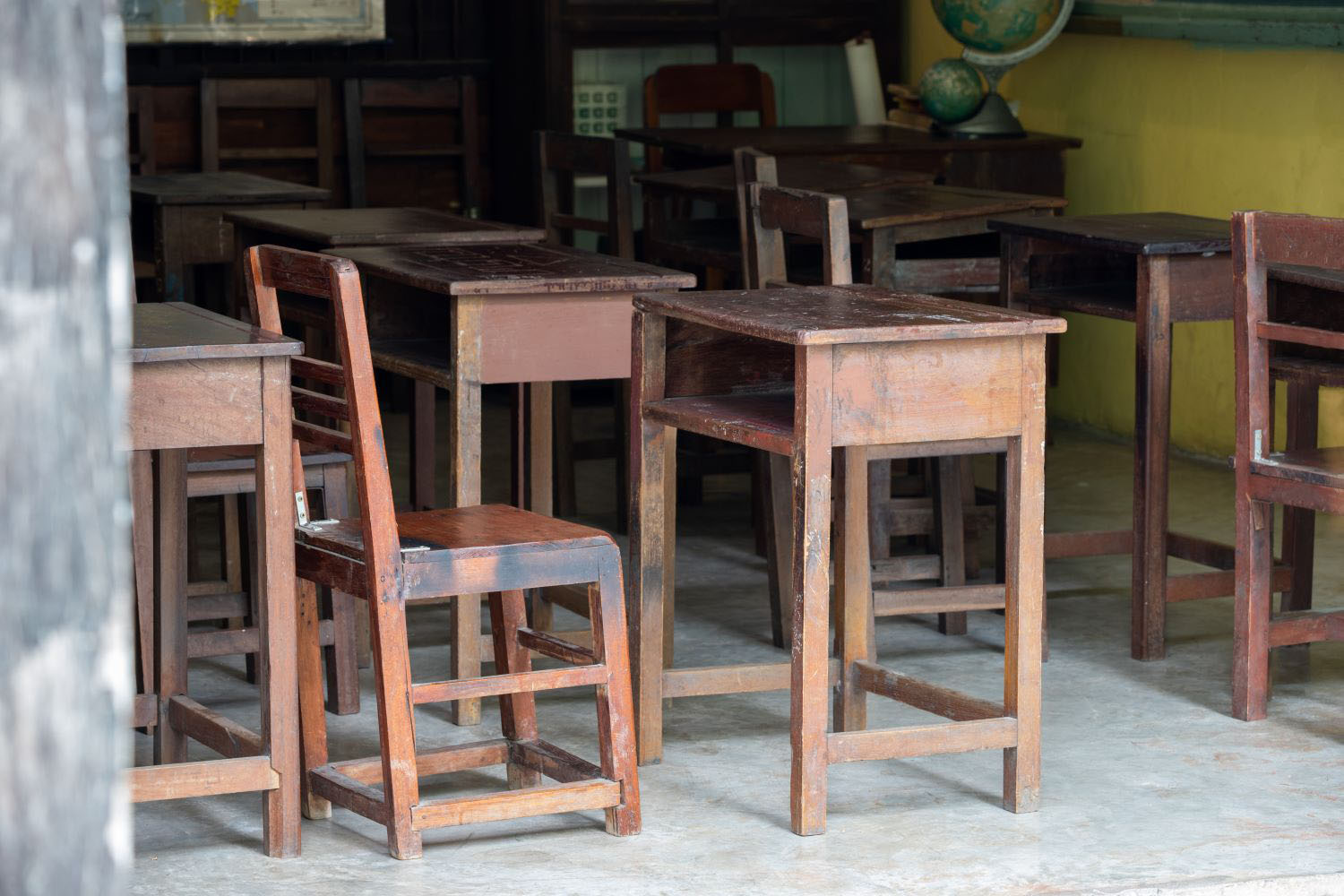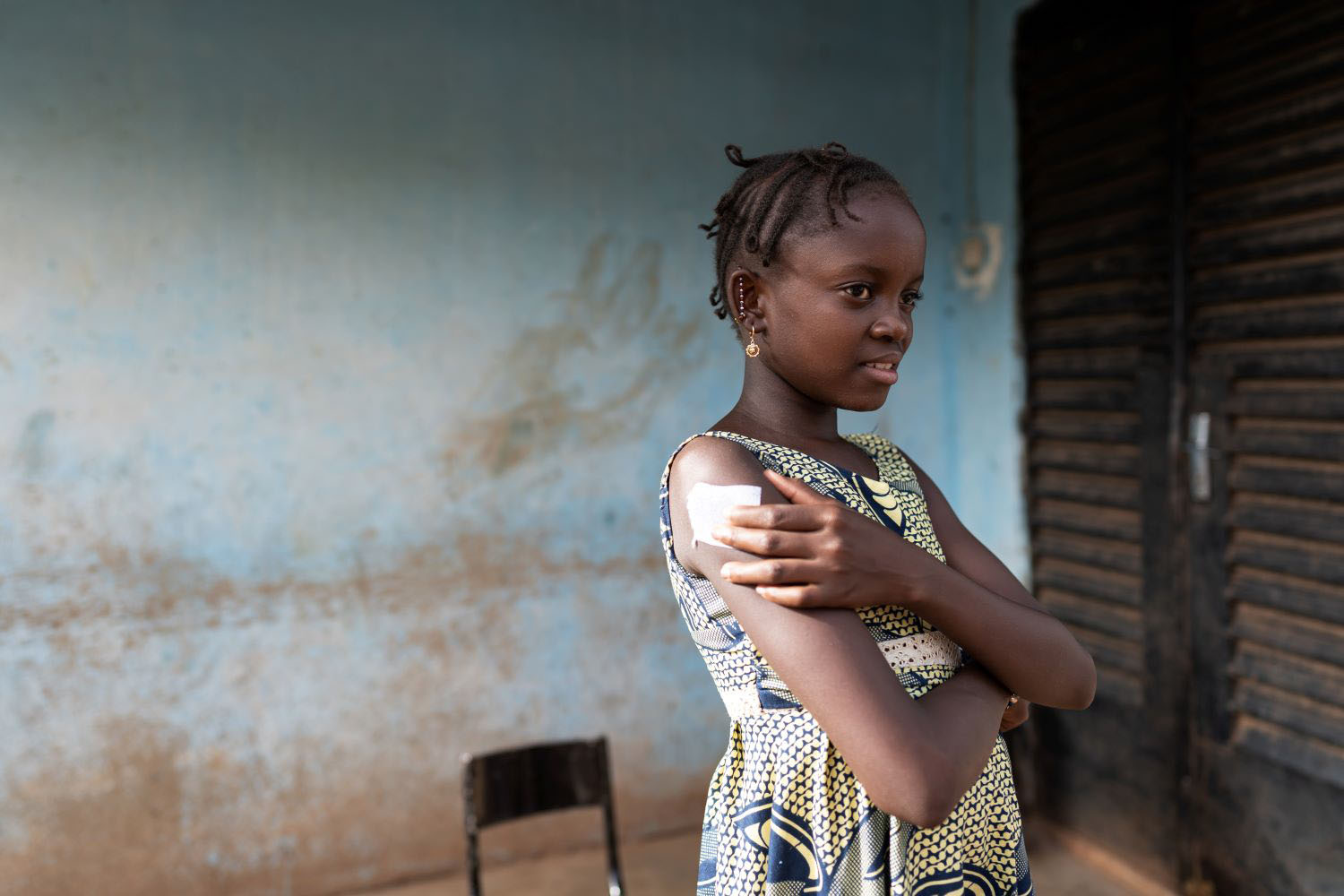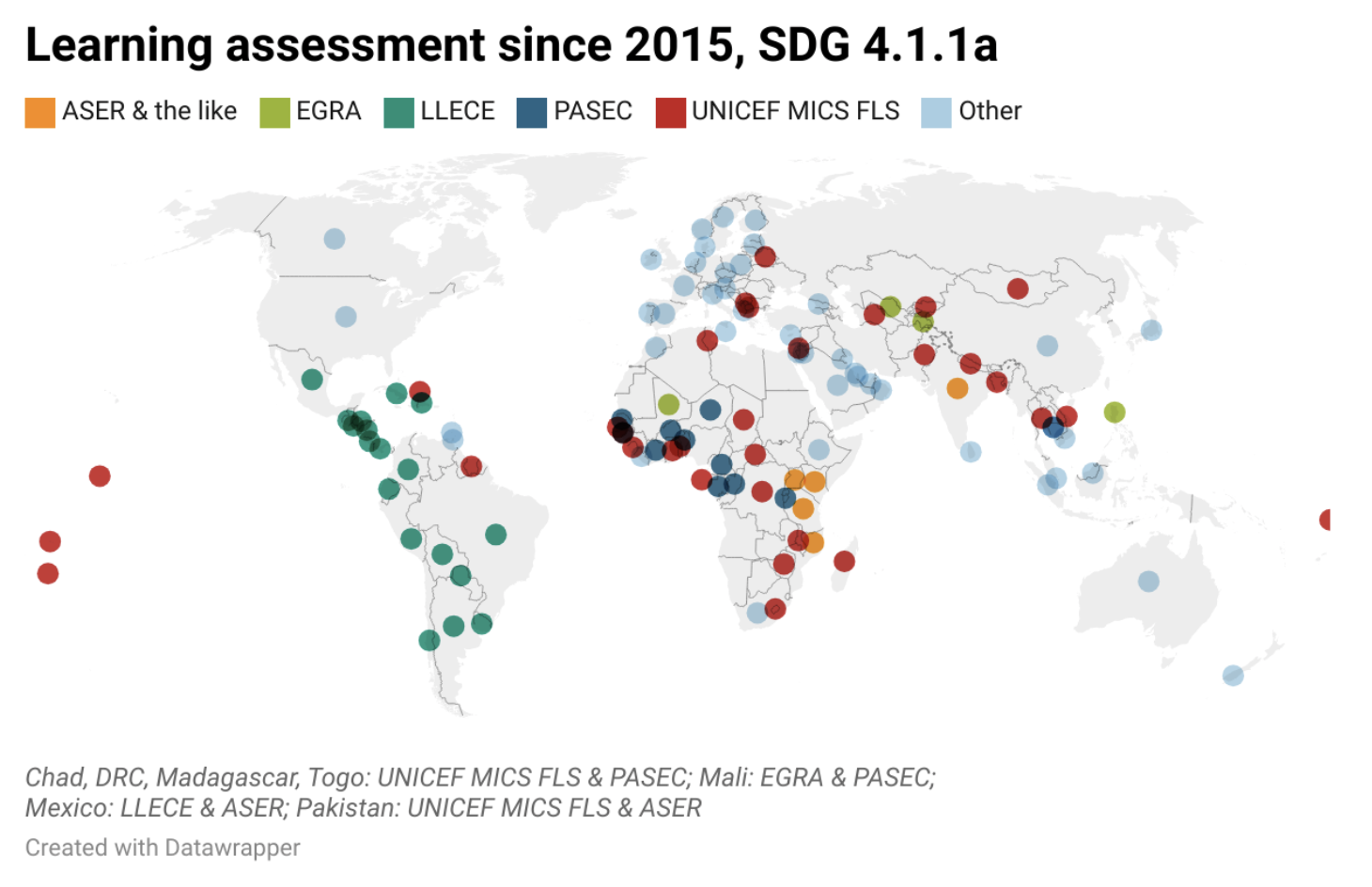Subscribe
Subscribe today to receive CGD’s latest newsletters and topic updates.
All Commentary
Filters:
Topics
Facet Toggle
Content Type
Facet Toggle
Blog Type
Facet Toggle
Time Frame
Facet Toggle
Blog Post
April 02, 2024
“Trade not aid” is a slogan that appeals to certain instincts on both the left and right. The idea being that rich countries can do more for economic development in poor countries by granting them market access than by sending charity. But will market access really stimulate economic growth in laggi...
Blog Post
March 21, 2024
As many developing countries approach universal enrollment in primary school, the World Bank has emerged as one of the most prominent advocates for a pivot “from schooling access to learning outcomes” in recent decades. The most recent education strategy of the Bank, adopted in 2011, emphasizes the ...
Blog Post
January 09, 2024
Child vaccination is one of the most powerful and cost-effective tools to save lives. But just how good is the data that we’re using to track progress on this life-saving intervention? In this piece, we examine trends in the quality of government-produced vaccination data. Our main message is that r...
Blog Post
October 17, 2023
There’s not a lot of low-hanging fruit in global development. On the issues that matter most, from preventing the next pandemic to expanding migration opportunities, and financing climate adaptation, even minor progress tends to require big financial commitments and often faces deep political resist...


